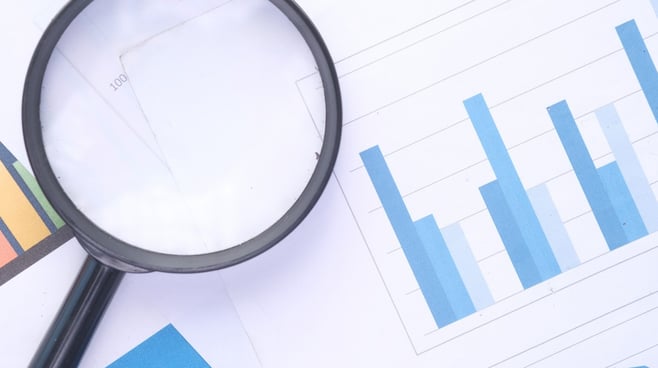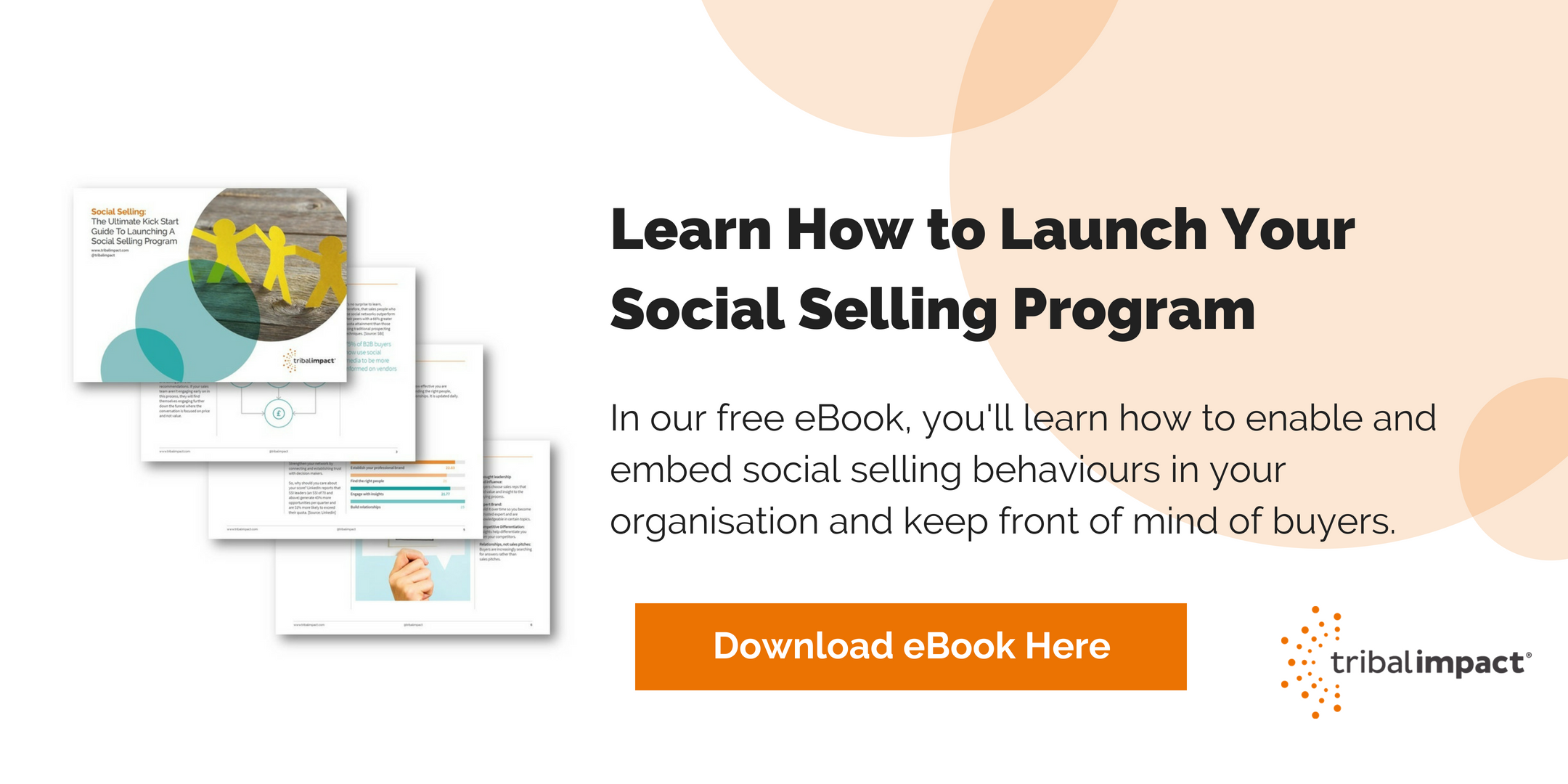
For as long as sales teams have existed, so have KPIs on the number and length of calls. Meaning attempting to introduce new social selling metrics that will inevitably reduce the KPIs that have driven many to success for so long can be an uphill battle at best.
Even when these social selling statistics show that the tides are turning and traditional sales methods are no longer effective due to the change in how buyers make purchasing decisions:
- 90% of C-level executives say they never respond to cold calls
- 75% of B2B buyers use social media to help them make purchasing decisions. At the C-level or Vice President level it’s more influential, with 84% using online professional networks when buying
With enforced remote working and the business impact of the pandemic still acutely felt by many businesses, there’s never been a better time to get sales teams onboard with social selling.
The question is: how? Quoting statistics about how social sellers outperform their non-social counterparts are unlikely to cut it with the skeptical salespeople - they need to see that it can work with their industry and customers.
That’s what this blog is here to help with.
First: Find Your Comparators
Sales teams may not be bothered about vanity metrics but, as a generally competitive bunch, egos will still often come into play! When they can see that someone else in their team is doing well, they will begin to believe and want to know how to emulate (and surpass) it.
Beginning with a pilot study or using a comparator small group of your most active social sellers gives you the compelling data you need to get your wider sales team queuing up to get their LinkedIn Sales Navigator licenses.
Read more: Why A Pilot Study Is A Must-Do For Social Business Transformation
So while we’ll share the reasons, statistics, and case studies that support the metrics sales teams care about, remember there’s nothing as compelling as your own data and success stories.

Pipeline
Always Be Closing may be the phrase synonymous with sales but every salesperson knows it should really be Always Be Prospecting unless they want to experience an inevitable crash after the highs of closing.
(And Hubspot research supports it - the most successful teams often have 1.25x or 1.5x more ratio of opportunities to deals in their sales pipeline to those who don’t achieve revenue goals.)
Which is precisely why showing how social selling improves the sales pipeline is one of the most compelling arguments you can put to sales professionals.
A survey by CSO Insights and Seism shows that the top two primary benefits of using social selling tools cited by B2B professionals were:
- reducing the amount of time spent researching accounts and contacts (39%)
- increasing the number of leads (33%)
Time To Close
Top salespeople also understand this: the less time it takes to move prospects into customers, the more deals they can close. And, perhaps most importantly, it reduces the threat that their prospects will do business elsewhere.
Social selling makes it much easier to identify the wider buying circle and people of influence. It enables them to enter the conversation going on in their prospects’ heads now, so they can clarify and overcome their purchasing challenges. Which is why social sellers see a much quicker time to close.

Deal Size
What salesperson wouldn’t want to work on larger deals? All things being equal, larger deals makes it easier to hit (or exceed) sales quota as the time spent closing the deal is not proportionately higher.
With social selling, sales enter the buying cycle earlier with the customer, enabling them to win their hearts and minds - and influence the holistic scope of their buyer’s needs. Instead of just competing on price at a later stage, when the scope has already been decided and the deal size potential much lower.
When sales see social selling data showing it can increase deal size by a significant amount, they see a shortcut to success! Everyone Social has found that it can increase deal size by up to 48% and Hubspot report similar – a 35% increase.
Our own case study proves it can be even higher – with a 57% increase in sales opportunity size.
Sales Quota
And finally...the metric that really talks. Hitting sales quota = more commission. And for those who consistently exceed it, they could soon be topping the sales leaderboard for performance.
Study after study over the years has showns that leading social sellers meet and exceed their sales quota more than their non-social selling peers. Back in 2014, Aberdeen Group reported that 79% of sales rep at 'Best-in-Class' social selling companies achieved sales quota, compared with 43% at 'Industry Average' companies and just 15% at 'Laggard' ones.
LinkedIn reports the same today:
Getting sales onboard with social selling may be a struggle initially but, in our experience, they’re often the most likely to adapt quickly to new tactics that they can see working for them.
Find out how to get your social selling program off to the best start and overcome common pitfalls with our eBook: Social Selling: The Ultimate Kick Start Guide To Launching A Social Selling Program



